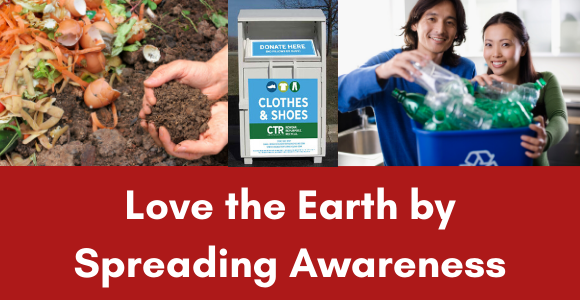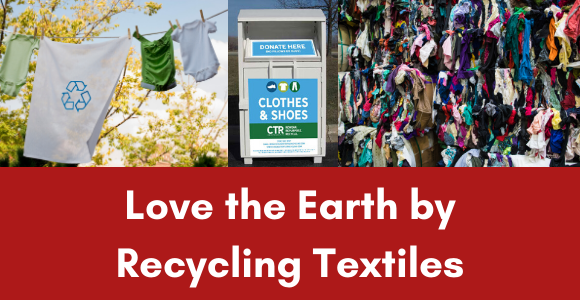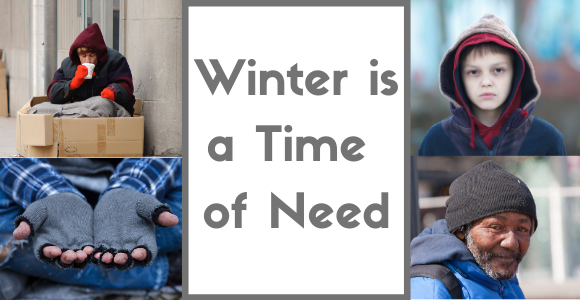
Earth Focused Holidays

The months of March and April bring many different holidays and remembrances promoting recycling and ways of caring for our planet. These include: Global Recycling Day on March 18, Earth Hour on March 25, Earth Day on April 22 and Fashion Revolution Week the week of April 24. On this first day of March, we would love to share a little more about each of these days and the history as well as the potential impact each can play toward our future. There are many ways to celebrate and to get involved locally and on a larger scale.
Global Recycling Day – March 18

The first of these holidays is Global Recycling Day. Celebrated on March 18 on the heels of St. Patrick’s Day, “Global Recycling Day was created in 2018 to help recognise, and celebrate, the importance recycling plays in preserving our precious primary resources and securing the future of our planet. It is a day for the world to come together and put the planet first.” (found here) It is a day to raise awareness and volunteer in a variety of ways to help care for our planet.
The Global Recycling Commission set out a twofold mission for this holiday:
“1. To tell world leaders that recycling is simply too important not to be a global issue, and that a common, joined up approach to recycling is urgently needed.
2. To ask people across the planet to think resource, not waste, when it comes to the goods around us – until this happens, we simply won’t award recycled goods the true value and repurpose they deserve.” (found here)
As the first holiday in our lineup, Global Recycling Day sets out an important agenda for calling on our leaders to unite in pushing for political reforms to highlight the importance of recycling and for enlightening others around the world about its importance in their day to day life choices.
Earth Hour – March 25

Our second planet-honoring holiday this season is Earth Hour, which is observed for one hour on the last Saturday in March. From 8:30-9:30pm on Saturday, March 25th people around the country and even world will be turning off their lights to honor Earth Hour. 2022 saw “people from 192 countries and territories [come] together in support of people and our planet. We saw landmarks turn off their lights and supporters switch off at home, as well as a range of activities such as virtual concerts, mangrove planting, street clean-ups and virtual runs.” (found here)
Earth Hour was “started in 2007 by WWF and partners as a symbolic lights-out event in Sydney to raise awareness of climate change,” (here) and has now “become a catalyst for positive environmental impact, driving major legislative changes by harnessing the power of the people and collective action.” It is easy to participate in this event. Simply turn off your lights for this one hour in March. And feel free to become involved in bigger ways too – through writing legislators to cleaning up parks and more.
Earth Day – April 22

A third, and very well known, planet loving holiday this Spring is Earth Day. Celebrated on April 22, Earth Day “marks the anniversary of the birth of the modern environmental movement in 1970.” (found here) Begun by two senators as teach-ins on college campuses, that first year “Earth Day inspired 20 million Americans — at the time, 10% of the total population of the United States — to take to the streets, parks and auditoriums to demonstrate against the impacts of 150 years of industrial development which had left a growing legacy of serious human health impacts.” Over the decades, Earth Day has become a global holiday involving over 100 countries in the mission to take better care of our planet.
On their website, Earth Day 2023 has six ways to make a difference this year:
- Educate our youth through classroom learning
- Break free from single use plastics
- Plant trees (through the Canopy Project)
- Use your voting power to protect our environment
- Clean up communities, beaches, rivers, lakes, trails and parks
- Choose sustainable fashion over fast fashion
Many cities post about Earth Day celebrations – so be on the lookout for ways to get involved in your own neck of the woods and help care for planet Earth.
Fashion Revolution – Week of April 24
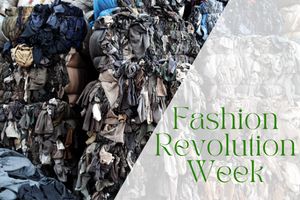
The final way we spread awareness, and honor the care of our planet over these few months is through Fashion Revolution Week, which always falls on the week of April 24, commemorating the collapse of the Rana Plaza garment factory in Bangladesh. You can read more about this in our blog “5 Ways to Fight Fast Fashion.” In 2013, over one thousand young women were killed and more than 2,500 more were injured when the building collapsed.
On their website, they list numerous ways to get involved here, including packets on ways to get involved, hosting an event, educational resources for teachers and educators and posters to print to help spread awareness. Also on our blog listed above, we share five ways to get involved in the fight against fast fashion.
We Can Care All Year Long
Though these four commemorations and holidays all fall within the months of March and April, don’t feel limited to volunteer or spread the word only during these months. Park services are always looking for volunteers to help clean up and take care of parks and beaches. There are many months where you can help plant trees or butterfly and bumblebee friendly plants. Educating others and spreading awareness can happen any time of the year. And we can always change our way of living by starting to recycle and making more conscientious decisions about the things we purchase.
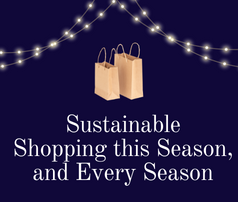

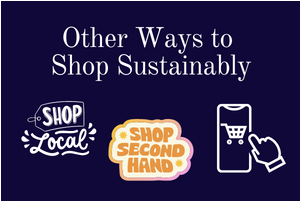



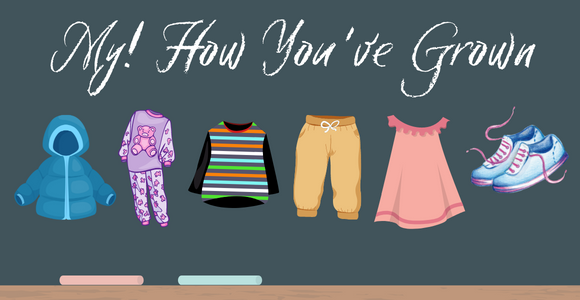








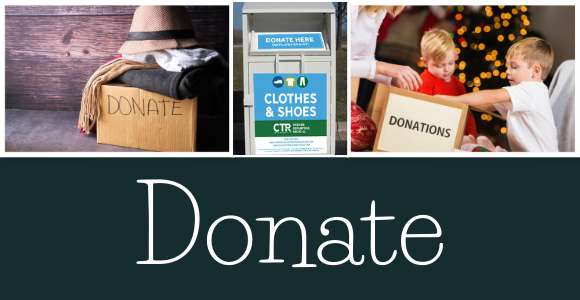















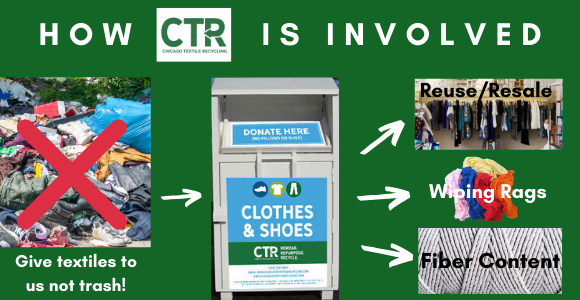



 Amongst those who took the survey, the room most likely to get deep cleaned was the bathroom: “46% reported that the bathroom was the room they most likely chose to ‘deep clean’.” As you clean the bathroom this Spring, remember to declutter as well. Check the drawers and closets in your bathroom to assess which towels and washcloths no longer get used or absorb as they should. Check also your beach towel stash for the summer ahead and recycle any beach towels that you no longer need or use. Lastly, If you are looking to give your bathroom an inexpensive makeover, also remember to recycle your cloth shower curtain. For information about recycling bins and partner stores nearest to you, please
Amongst those who took the survey, the room most likely to get deep cleaned was the bathroom: “46% reported that the bathroom was the room they most likely chose to ‘deep clean’.” As you clean the bathroom this Spring, remember to declutter as well. Check the drawers and closets in your bathroom to assess which towels and washcloths no longer get used or absorb as they should. Check also your beach towel stash for the summer ahead and recycle any beach towels that you no longer need or use. Lastly, If you are looking to give your bathroom an inexpensive makeover, also remember to recycle your cloth shower curtain. For information about recycling bins and partner stores nearest to you, please  The second most likely room to be deep cleaned (with 36%) according to the survey was the kitchen. This is usually comprised of pulling ovens and refrigerators out to sweep underneath or behind, deep cleaning the oven and fridge, sinks and stovetops, and mopping or scrubbing floors. As you complete these tedious but necessary tasks, look around at the textiles in this room also and see what needs to be recycled. Kitchen towels, non-vinyl tablecloths, table runners, cloth placemats and oven mitts at times will need an overhaul, and when they do, remember to recycle these items and do not throw them away.
The second most likely room to be deep cleaned (with 36%) according to the survey was the kitchen. This is usually comprised of pulling ovens and refrigerators out to sweep underneath or behind, deep cleaning the oven and fridge, sinks and stovetops, and mopping or scrubbing floors. As you complete these tedious but necessary tasks, look around at the textiles in this room also and see what needs to be recycled. Kitchen towels, non-vinyl tablecloths, table runners, cloth placemats and oven mitts at times will need an overhaul, and when they do, remember to recycle these items and do not throw them away. The next room most likely (10%) to be deep cleaned this spring is the living room. Although we do not accept pillows or rugs, we do accept pillow covers, sofa covers, drapes or curtains, and blankets that you may find in your living room. Even if it is tattered, stained or contains holes, please donate it so that we can best decide how to give it another life elsewhere. For where to donate your rugs, carpets or pillows, check out our previous blog about
The next room most likely (10%) to be deep cleaned this spring is the living room. Although we do not accept pillows or rugs, we do accept pillow covers, sofa covers, drapes or curtains, and blankets that you may find in your living room. Even if it is tattered, stained or contains holes, please donate it so that we can best decide how to give it another life elsewhere. For where to donate your rugs, carpets or pillows, check out our previous blog about  From those surveyed, seven percent answered they deep cleaned bedrooms as well during spring cleaning. Bedrooms are where the majority of textiles can be found in your home as bedding and clothes constitute the majority of what we own in textiles. As you move your bed aside to vacuum underneath and dust dressers and bookshelves, take the time to declutter as well in your spring cleaning and clean out your closets, dressers and excess bedding. No matter how you go about the process, it will feel good to go through and assess what you already own, what you may need, what no longer fits or is no longer in good shape to wear and recycle those items you’ve realized are not getting worn.
From those surveyed, seven percent answered they deep cleaned bedrooms as well during spring cleaning. Bedrooms are where the majority of textiles can be found in your home as bedding and clothes constitute the majority of what we own in textiles. As you move your bed aside to vacuum underneath and dust dressers and bookshelves, take the time to declutter as well in your spring cleaning and clean out your closets, dressers and excess bedding. No matter how you go about the process, it will feel good to go through and assess what you already own, what you may need, what no longer fits or is no longer in good shape to wear and recycle those items you’ve realized are not getting worn. One area of your home not mentioned by those who took the survey but equally important in cleaning out this season are your closets, such as linen closets, hall closets, and front closets. At Chicago Textile Recycling, we accept sheets, bedspreads, jackets, coats, scarves, hats, mittens, and quilts in addition to those items mentioned above such as handbags and backpacks. All of these items may be ones only found in extra closets around the house, so be sure to clean these out as well before making a trip to the donation bin or resale store.
One area of your home not mentioned by those who took the survey but equally important in cleaning out this season are your closets, such as linen closets, hall closets, and front closets. At Chicago Textile Recycling, we accept sheets, bedspreads, jackets, coats, scarves, hats, mittens, and quilts in addition to those items mentioned above such as handbags and backpacks. All of these items may be ones only found in extra closets around the house, so be sure to clean these out as well before making a trip to the donation bin or resale store. 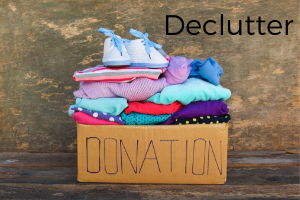 Twenty-two percent of survey respondents cited decluttering as their primary reason for spring cleaning each year. If you are a part of that 22%, or even if you aren’t, try decluttering as a part of your spring cleaning this year and see if living with less reduces anxiety and makes you feel better in the space where you live. “Women’s stress levels are directly proportional to the amount of stuff in their homes.” I have found this to be true in my home. I feel more relaxed when there are less piles on each tabletop and when things are put away in their proper place. According to the National Soap and Detergent Association, “getting rid of clutter eliminates 40% of housework in the average home.” Who wouldn’t want less housework?!
Twenty-two percent of survey respondents cited decluttering as their primary reason for spring cleaning each year. If you are a part of that 22%, or even if you aren’t, try decluttering as a part of your spring cleaning this year and see if living with less reduces anxiety and makes you feel better in the space where you live. “Women’s stress levels are directly proportional to the amount of stuff in their homes.” I have found this to be true in my home. I feel more relaxed when there are less piles on each tabletop and when things are put away in their proper place. According to the National Soap and Detergent Association, “getting rid of clutter eliminates 40% of housework in the average home.” Who wouldn’t want less housework?!


